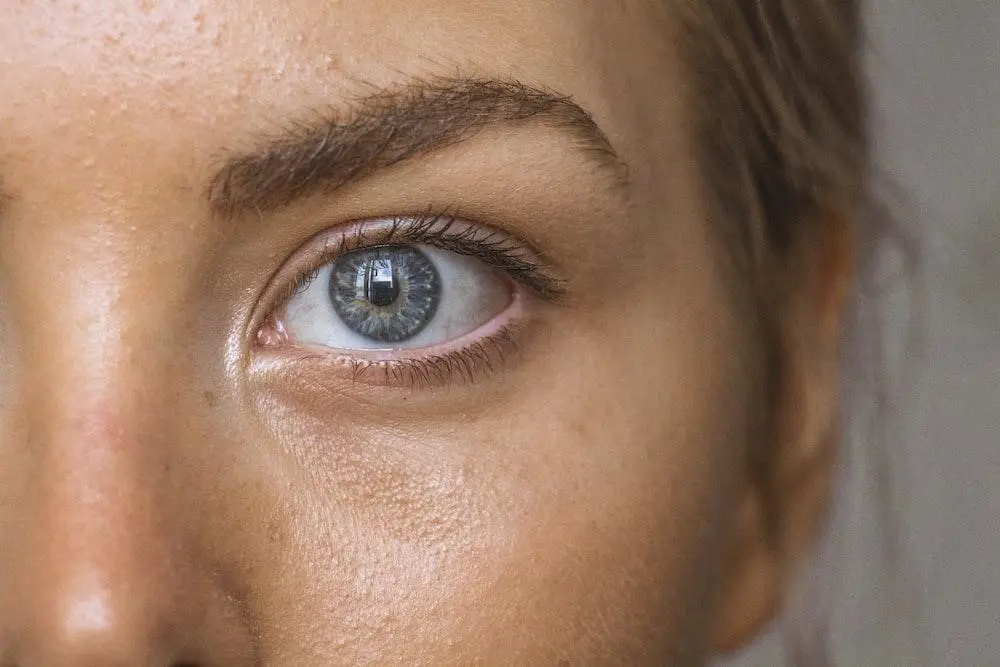
Dealing with types of Dermatitis is one of the skin conditions that leads to inflammation. It is common among certain individuals and has varying symptoms based on the patient’s condition and health history. Dermatitis has multiple types, but the most common one is eczema. If you notice any dermatitis symptoms, you may reach out to your dermatologist at your earliest to avoid worsening the symptoms. This read will walk you through the different types of dermatitis, its symptoms, and expert advice for relief.
Types of Dermatitis
Dermatitis has several different types that vary in their symptoms and duration periods. Some types may show signs of flare-ups, while others may show no symptoms at all. While this skin problem can occur in children and adults alike, certain types are more common in children than adults. Let’s dive into the details of each to understand how they affect patients.
Atopic Dermatitis
Atopic dermatitis is commonly known as eczema. This type typically develops in infancy and may run in families. While the condition's symptoms vary for each patient, there is no cure for atopic dermatitis. Patients with eczema may experience episodes of flare-ups from time to time. Moreover, flare-ups can lead to patchy, dry, itchy, and rough skin.
When not experiencing flare-ups, eczema patients may notice no symptoms at all. However, identifying and avoiding triggers can help them prevent flare-ups. Doctors recommend not to scratch the skin when itchy or rough during flare-ups, as it can worsen the condition.
Contact Dermatitis
Contact dermatitis is another type of dermatitis caused by the reaction of a substance to a person’s skin. When the substance interacts with the skin, it causes irritation, turning into rashes, burns, blisters, or stings. The adverse reaction may also cause itching. Contact dermatitis can further be classified into two types.
Irritant contact dermatitis occurs when a substance reaction directly impacts a person’s skin and causes irritation. On the other hand, allergic contact dermatitis occurs when the substance reaction causes an individual’s immune system to react in a certain way, leading to adverse signs.
Dyshidrotic Dermatitis
Dyshidrotic dermatitis is a type of dermatitis in which the skin cannot protect itself from adverse conditions and reactions. People with this type tend to have itchy, dry, and blistered skin in areas that perspire more.
This condition is more common in hands and feet. If you notice irritation and any of the highlighted symptoms due to increased perspiration, you may reach out to your dermatologist for help.
Seborrheic Dermatitis
Seborrheic dermatitis refers to a condition that commonly occurs on the scalp, face, chest, and around the ears. When it occurs in infants, the condition is called cradle cap due to its patchy presence. Patients with seborrheic dermatitis may notice scaly patches on the affected areas, accompanied by discoloration and dandruff (in some cases).
The symptoms of seborrheic dermatitis may worsen due to stress or poor sleeping cycles. Although there is no cure for this condition, patients can opt for different remedies (advised by a dermatologist) to minimize its effects.
Common Symptoms of Dermatitis
The symptoms of dermatitis may vary based on the occurrence type. However, the common symptoms often overlap, making it difficult to distinguish the type of condition in most patients. We have covered the list of symptoms encompassing all types below to give you a better idea.
Rashes
Patients with dermatitis may experience rashes on their skin, leading to irritation and sensitivity. The rashes may also change to other symptoms, like itching, redness, and patches.
Blisters
In certain cases, dermatitis may cause blisters on affected areas, leading to sensitive and irritating experiences.
Cracks and Dryness
Two of the common dermatitis symptoms are cracks and dryness. Patients may experience rough cracks on affected areas, causing dryness and itching.
Itching
Dermatitis can cause itching on the skin due to roughness, dryness, and patchiness. Itching may also lead to blistered skin in certain patients.
Stinging and Burning
In certain types, like contact dermatitis, patients may experience stinging and burning sensations on the skin due to irritation or allergic reactions.
Swelling and Discoloration
Depending on their condition, Dermatitis patients may also notice swelling and discoloration on their skin.
Expert Advice for Relief
Dermatitis has no cure. Therefore, looking after yourself in unfavorable environments is important to avoid developing symptoms. Here are the recommendations of experts to help you take care of yourself better.
Avoid Triggers
Dermatitis may develop symptoms in harsh or unfavorable environments. Identifying triggers can help you avoid them and ensure better skin health. If you use skin care products that adversely affect your condition, you may avoid using them. Similarly, areas with more pollutants may be unsuitable for your condition. You can seek help from a dermatologist in identifying triggers.
Maintain Hygiene
Dermatitis may be triggered due to a lack of skin hygiene. When diagnosed with the condition, you may maintain proper hygiene to avoid unfavorable impacts on your skin. You can seek help from a skincare expert to determine the best hygiene options based on your condition.
Moisturize Skin
Since dermatitis can cause dryness and cracks on the skin, keeping it moisturized can help you prevent the condition’s symptoms from worsening. Seek recommendations from your doctor on the best moisturizers to avoid adverse reactions.
Take Prescribed Medications
Prescribed medications can help you minimize the effects of triggers during dermatitis attacks. Although this skin condition has no cure, prescribed medicines play a crucial role in soothing your skin in harsh environments.
Manage Stress
Stress is one of the major factors that can trigger dermatitis symptoms. Try to develop habits that help you manage stress better. Seeking help from a doctor may be a good option to determine the best ways of avoiding stress.
The Takeaway
The above details highlight the different types, symptoms, and expert advice about dermatitis. Following the above tips can help you minimize the symptoms and ensure better skin health.
If you need an expert’s help to treat the disease effectively, Suncoast Skin Solutions can meet your demands. As one of Florida's most trusted dermatology groups, we are well-versed in diagnosing and managing skin diseases. Get in touch with us today to schedule your appointment.
SunCoast Skin Solutions Dermatology offices are located in Tampa / Hillsborough, St. Pete / Pinellas County, Brandon, Lutz, Winter Haven, Largo, Hudson, Leesburg, Jupiter, Lecanto, Riverview, Brooksville, Clearwater, Ocala, Palm Harbor, Daytona Beach, Sarasota, Punta Gorda, Seminole, (Inverness, Port Charlette, Port Saint Lucie coming soon), Florida. Contact us at 1-844-786-3376 or click here.

Recent Comments